ESTONIA
Tallinn

Tallinn
Tallinn
The Estonian capital Tallinn is not big, but that does not diminish the beauty of the city. You feel as if you are in a fairy tale when you walk around among the medieval buildings and look out on Toompea (the Domberg). Tallinn's turbulent history has left its mark on the city, but has not destroyed it.
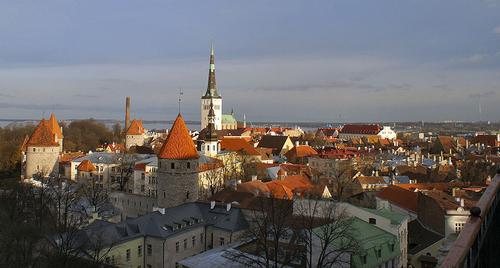 TallinnPhoto: Gunnar Bach Pedersen in the public domain
TallinnPhoto: Gunnar Bach Pedersen in the public domain
Location
Tallinn is located in Estonia in the north of Europe. The city is located directly opposite Helsinki on the Gulf of Finland. It is about 80 kilometres by boat from Tallinn to Helsinki. The capital of Estonia is not large with an area of 158.3 km² and over 400,000 inhabitants. Tallinn consists of two parts separated by the Toompea.
Weather
In the winter it can get quite cold in Tallinn and it can snow quite heavily. This is of course due to the country's northern location, not even the gulf streams of the Baltic Sea can change this. In the winter months, the sun only shines for 6 hours a day. In the summer, temperatures are much more pleasant with an average of 17 °C and maximums up to 30 °C.
History
Tallinn's origins date back far before Christ. In the 15th and 16th centuries, the city flourished due to its central location and the trading spirit of the Estonians. During these centuries, the struggle with the Russian Tsars who tried to conquer Estonia began. In 1701, Peter the Great finally succeeded in conquering the city.
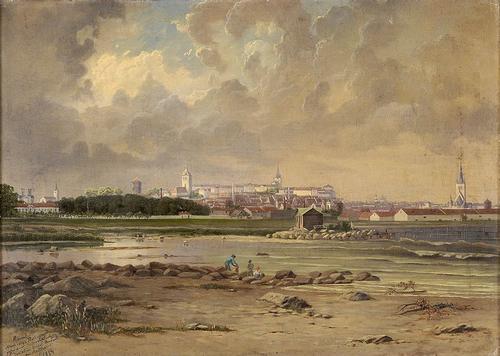 View of Tallinn 1894Photo: Public domain
View of Tallinn 1894Photo: Public domain
It was not until 1918 that Estonia became independent again. Tallinn officially became the capital of the Republic of Estonia. When the Second World War came near, Estonia joined the Soviet Union, only to regain its independence in 1991.
The 15 years of communism have left clear traces throughout Tallinn.
Sights
Tallinn has many attractive sights, many of which have great historical value. The old town of Tallinn officially belongs to the World Heritage List. Freedom Square (Vabaduse väljak) at the edge of the old town of Tallinn is one of them. Throughout history, both during the Tsarist era and during independence, this square has always been a national symbol. This is still the case today. Several Art Deco houses can be found on the square. On the western side of the square there is a gigantic cross as a monument for the war for independence, which took place from 1918 to 1920.
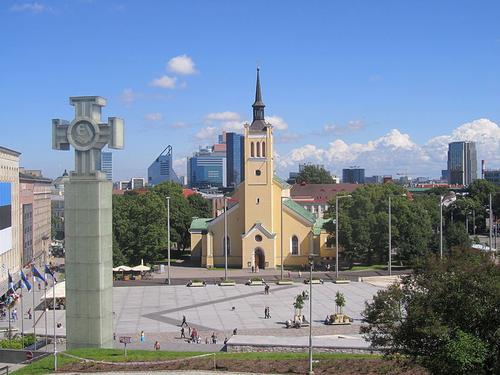 Freedom Square TallinnPhoto: Marianne 37 CC 3.0 Estonia no changes made
Freedom Square TallinnPhoto: Marianne 37 CC 3.0 Estonia no changes made
An interesting, but not very comforting, sight is the former headquarters of the KGB. In this building, which now houses the Ministry of the Interior, many people were imprisoned and tortured during the Soviet era. The windows of the building's basement were bricked up to keep the cries of death and the sounds of torture indoors. Many prisoners were executed here or sent from the KGB headquarters to penal camps in Siberia. The building is not open to the public, but it is impressive enough to see it from the outside.
The Kumu Art museum is a must for art and culture lovers. The museum opened its doors in 2006. The museum contains both modern and old art. In 2008, the museum was elected European Museum of the Year.
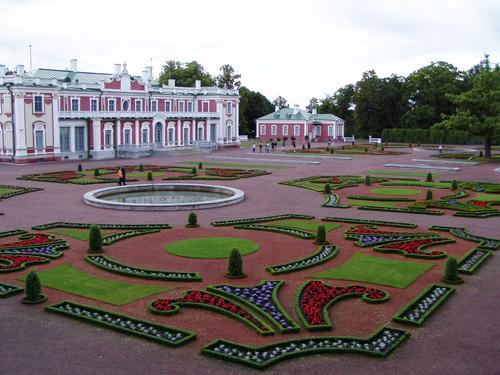 Kadriorg Palace TallinnPhoto: Marek Dziwior CC 3.0 Unported no changes made
Kadriorg Palace TallinnPhoto: Marek Dziwior CC 3.0 Unported no changes made
The Kadriorg Palace is also a part of the museum. This palace is the former residence of Tsar Peter the Great and was built by Nicolo Michetti. The emphasis here is on classical foreign art. Works by Breughel, Cuyp and Cranach, among others, are on display.
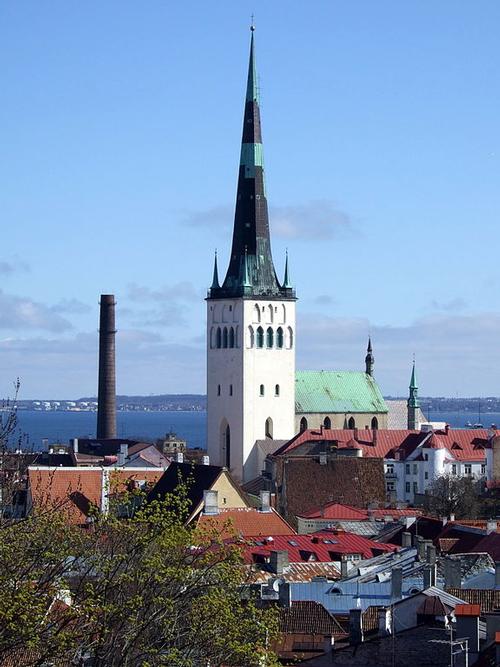 St Olaf's Church TallinnPhoto: Lennart Kjellman CC 3.0 Unported no changes made
St Olaf's Church TallinnPhoto: Lennart Kjellman CC 3.0 Unported no changes made
St. Olaf's Church, built in 1267, with its 124-metre-high spire is a striking sight in the Estonian capital. The tower was once 159 metres high, but fell victim to lightning and fire several times. The church is said to have been built for King Olaf II of Sweden and the spire used to serve as a landmark for approaching ships. It is recommended to climb the tower and enjoy the great view of Tallinn.
Tips
Want to get to know the cuisine of Estonia? Taste the tasty traditional dishes in the restaurants at the Town Hall Square. Order for instance 'Mulgikapsad' a kind of sauerkraut stew with pork. Drink with it Kwas (or Kvas), a fermented drink made of black rye. Feel like something stronger? Kihnu Mark is the Estonian vodka brand with a hefty alcohol percentage.
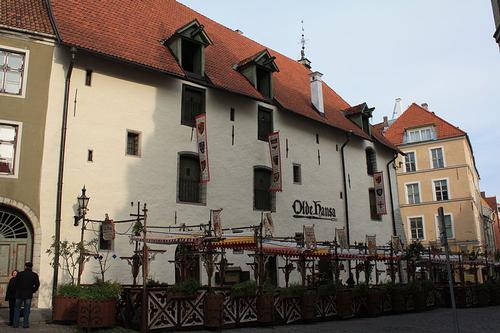 Tallinn Olde HansaPhoto: Lefevrue in the public domain
Tallinn Olde HansaPhoto: Lefevrue in the public domain
Are you fascinated by the medieval style of Tallinn? Then it is a special experience to eat at Olde Hansa Restaurant. The whole restaurant is in medieval style, from the dishes to the interior and the waiters' clothes. You will drink from crucibles and eat by candlelight.
Useful links Tallinn
BBC Country ProfilesWorld Fact Book Explore all Countries
How to call
Last updated December 2025
Copyright: Team - The World of Info